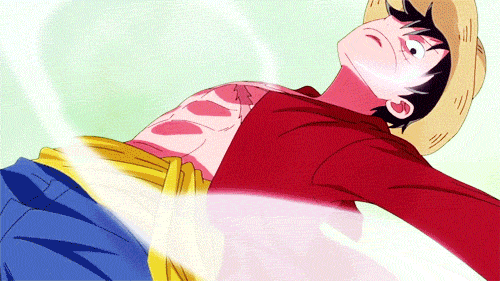Name: Monkey Fist || Hóuzi Quán
Rank: C
Type: Fighting Style | Taijutsu
Element: N/A
Range: |Body Range|
Duration: N/A
Hand Seals/Charge up: N/A
Description: The Monkey Fist stance is a form of wushu that utilizes ape and monkey-like movements in its techniques. Such techniques include running on all fours (
i.e. the hands and feet), various difficult acrobatic movements such as flipping sideways in the air, front flips, back flips, back handsprings, hand stands, walking on the hands, forward lunges/dives, backward lunges, spinning on the butt, spinning on the back and many kicks and strikes. Most of the attacks are aimed at the knees, groin area, throat or eyes of the opponent and hand strikes are normally either open handed slaps or clawing with a semi-closed fist called the monkey claw. There are traditionally five forms of
Monkey Fist, each having its own benefits and special forms:
- Drunken Monkey | The form is short and simple, consisting of a few dozen or so movements. Much of the moves are performed at a low ground level, with rolling, tumbling and falling techniques. There are also many unusual grappling and blocking techniques. The higher level attacks include eye pokes and throat hits, as well as blocks and punches (with punching being exceptional, as monkeys generally do not attack with their fists). There are also many middle attacks such as kicks aimed to the stomach area, and lower attacks to the lower abdomen, groin and legs
- Stone Monkey | The practitioner trains up his body to exchange blows with the opponent - Stone Monkey uses a kind of iron body method. It will leave an area exposed on its body for an opponent to attack, so it can attack a more vital spot on the body. It is important not to attack reflexively at open spots, and try to hammer away at their weak spots until they give in
- Lost Monkey | Practitioners of Lost Monkey give the appearance of being lost and confused to deceive the opponent into underestimating his abilities, and he retaliates when it is least expected. The hands and footwork change and flow from each other at will. This technique incorporates the fear, nervousness and mischief of a monkey who has wandered into a neighboring territory, in that it attempts to pick and eat as many fruits and insects as quickly as is possible while nervously looking around before scurrying back to its own home range
- Standing Monkey | A relatively conventional monkey that likes to keep an upright position and avoid tumbling around. This style is more suited for tall people. Tall monkey likes to climb body limbs to make attacks at pressure points. It is a long range style
- Wooden Monkey | Mimics a serious, angry monkey that attacks and defends with ferocity. The attitude of this monkey is more serious, and its movements are noticeably less light than the other monkeys. Wood monkey likes to grapple and bring its opponent to the ground.
Weakness: As complex as this may appear, this is simply a fighting stance which can be bested by one of a higher caliber or someone who has the innate ability to track the speed of the user (i.e Sharingan or someone of higher Taijutsu caliber), as all of the stances utilize quick movements and have an emphasis on nimbleness and speed. And as a fighting style, it's close range by default and susceptible to hidden attacks if the user does not pay careful attention
 Quake Scrolls Tue Jan 27, 2015 10:28 am
Quake Scrolls Tue Jan 27, 2015 10:28 am
 Re: Quake Scrolls Tue Jan 27, 2015 10:44 am
Re: Quake Scrolls Tue Jan 27, 2015 10:44 am

 Re: Quake Scrolls Tue Jan 27, 2015 11:14 am
Re: Quake Scrolls Tue Jan 27, 2015 11:14 am
 Re: Quake Scrolls Tue Jan 27, 2015 12:02 pm
Re: Quake Scrolls Tue Jan 27, 2015 12:02 pm


 Re: Quake Scrolls Wed Jan 28, 2015 11:30 am
Re: Quake Scrolls Wed Jan 28, 2015 11:30 am
